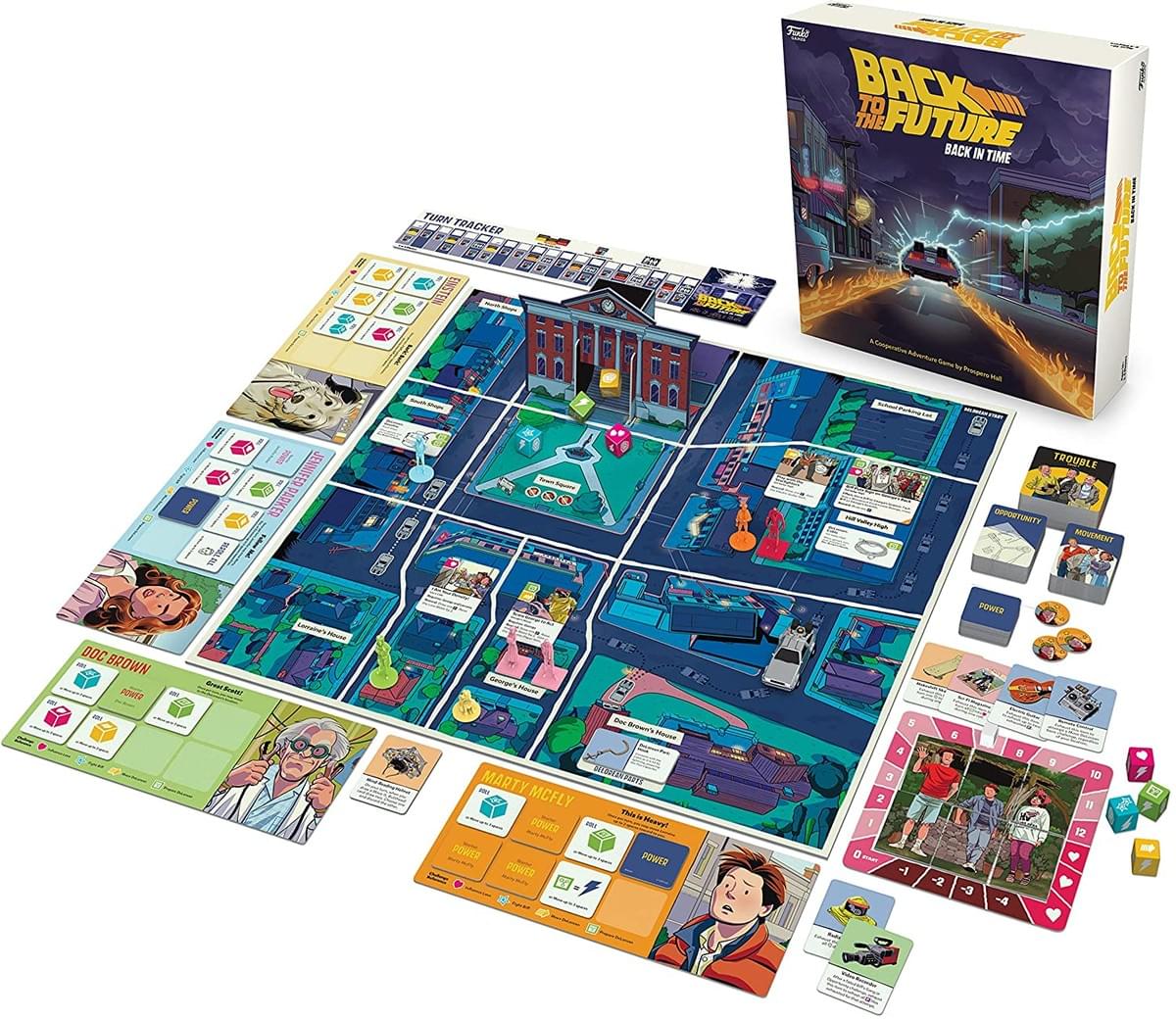Recommended for YA / High School. Mature Content.
Here's the set of downloadable Reading Roles Pages for a high school classroom reading of Ian Doescher's William Shakespeare's Get Thee...Back to the Future! which is basically the flick in iambic pentameter.
If you haven't gotten your principal's permission to teach this, seen the film, or sent home a parental permission slip offering to send students whose parents object to a colleague's classroom, you should before you start. There is a bit of language, some stereotypical portrayals of Libyan terrorists, and some awkward, sexually-charged situations, as in the movie, but never anything graphic or explicit. You know your students maturity levels and parents best. If you feel at all uncomfortable, you can always use Verily, a New Hope instead. Verily is good for use in middle school classrooms, as well.
I can just imagine the fun a 9th grade classroom would have with this!
Introducing Iambic Pentameter with Get Thee...Back to the Future!
Lesson Procedures:
- Buy class copies of the book. This sounds like a no-brainer, but each student needs to have a book in their hands to follow along. You also need to have the movie to watch, either through iTunes or however you buy movies for your classroom.
- Start by printing the Two Line Start Cards and laminating them, one set for each pair.
- Cut them up and put them in baskets on pairs of desks.
- Allow students to pair up or assign partners.
- If your class has already done the Two Line Start Cards for my lesson using Ian Doescher's Verily a New Hope, they'll know what to do.
- If not, have them first watch Akala's TedX talk about the links between HipHop and the Bard. Have a copy of the Sonnet #18 ready for them to read and follow, as well as the lyrics to Akala's two songs at the end. Then crank up the volume! The kids love them.
- Then students practice reading the Two Line Start Cards to each other.
- Students use a dry erase marker to write in the breaks between syllables and show the accent in the pairs. TW circulate in the room, checking to make sure students are placing the syllable breaks and accents in the correct places and that students "get" the poetry form.
- When they're familiar with the form, students begin reading the book and watching the movie.
- TW keep track of which students read which parts using the Reading Roles Sheets.
Your students will marvel at how closely Doescher follows the movie script!
Teachers, please note: This play has the fewest speaking parts of any of Doescher's movie adaptations thus far. So, if your class is relatively small -- in the 20s -- it will still work well. If your class is more like 30+ students, plan on having fully half the class not read out loud for any given Act. This may work well, if you have English language learners who need time to listen and figure out how the movie and play correspond. On the other hand, if your class is antsy, I would look instead at teaching / using Verily: A New Hope, which has plenty of speaking roles for larger classes.
If you still choose to use this, it means you'll have to closely watch / record student readers on the Reading Role Sheets, to make sure all your students get a chance to read out loud. There is also no "Chorus" part in this play, at all, so no all class opportunities for speaking / reading aloud, either.
As with Mean Girls, a Reader's Guide is included / printed in the back of the book.
It contains an explanation of iambic pentameter with examples drawn directly from the book, an explanation of using thee, thou, ye, thy, and thine, and a brief listing of the Shakespearean "hallmarks" of the text: the five act play, minimal stage directions, rhyming couplets at the end of scenes, asides, soliloquies, generous use of anaphora and extended metaphors, and in this one, songs ("The Power of Love" by Huey Lewis and the News).
Quirk currently does not offer a teaching guide for this text, so I'd recommend using it and the film as a fun, educational way to end a semester or to end the school year.
I hope your students enjoy!
AND, I have to add, if you're teaching Get Thee Back to the Future as an end-of-the-school-year activity with your students, and, because this play's both so short and has the fewest speaking roles of all of Doescher's film adaptations, you find your classes finishing a few days early, try buying a couple of copies of this FANTASTIC board game, Back to the Future: Back in Time. I'm getting a copy for my family!
You'll be astounded how few of your students have played role-play board games, and how much they'll enjoy a few class periods -- before your goodbyes -- having fun in class.



